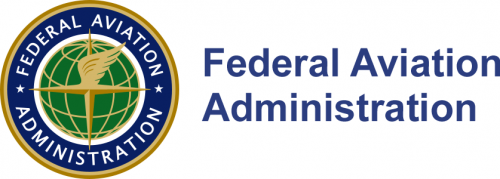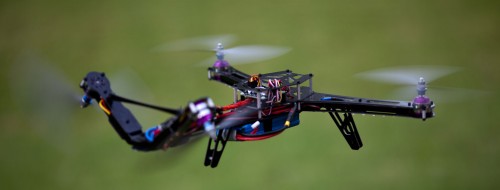Update: New FAA UAV Regulations 2015

 There have been new recent developments in the US regarding small UAVs / Drones. The FAA has released their "Notice of Proposed Rulemaking" for small Unmanned Aircraft Systems. The document and regulations are open to public opinion for the next 60 days. As stated in the FAA proposal, the regulations seem to be specifically intended to regulate non-hobby / non-recreational use of drones. It has only been a few years since multirotors emerged on the market and a large industry has formed around them, with products ranging from micro quadcopter toys to large and expensive multirotor UAVs for professional filming.
There have been new recent developments in the US regarding small UAVs / Drones. The FAA has released their "Notice of Proposed Rulemaking" for small Unmanned Aircraft Systems. The document and regulations are open to public opinion for the next 60 days. As stated in the FAA proposal, the regulations seem to be specifically intended to regulate non-hobby / non-recreational use of drones. It has only been a few years since multirotors emerged on the market and a large industry has formed around them, with products ranging from micro quadcopter toys to large and expensive multirotor UAVs for professional filming.
This rulemaking proposes operating requirements to allow small unmanned aircraft systems (small UAS) to operate for non-hobby or non-recreational purposesTherefore the proposed rules would not apply to aircraft that satisfy all of the criteria specified in section 336 of Public Law 112-95 which states:
(1) the aircraft is flown strictly for hobby or recreational use; (2) the aircraft is operated in accordance with a community-based set of safety guidelines and within the programming of a nationwide community-based organization; (3) the aircraft is limited to not more than 55 pounds unless otherwise certified through a design, construction, inspection, flight test, and operational safety program administered by a community-based organization; (4) the aircraft is operated in a manner that does not interfere with and gives way to any manned aircraft; and (5) when flown within 5 miles of an airport, the operator of the aircraft provides the airport operator and the airport air traffic control tower (when an air traffic facility is located at the airport) with prior notice of the operation (model aircraft operators flying from a permanent location within 5 miles of an airport should establish a mutually-agreed upon operating procedure with the airport operator and the airport air traffic control tower (when an air traffic facility is located at the airport)).If you plan to operate the drone for commercial use (including as part of education, inspection or even as search and rescue), the operational limitations would be as follows:
- Unmanned aircraft must weigh less than 55 lbs. (25 kg).
- Visual line-of-sight (VLOS) only; the unmanned aircraft must remain within VLOS of the operator or visual observer.
- At all times the small unmanned aircraft must remain close enough to the operator for the operator to be capable of seeing the aircraft with vision unaided by any device other than corrective lenses.
- Small unmanned aircraft may not operate over any persons not directly involved in the operation.
- Daylight-only operations (official sunrise to official sunset, local time).
- Must yield right-of-way to other aircraft, manned or unmanned.
- May use visual observer (VO) but not required.
- First-person view camera cannot satisfy “see-and-avoid” requirement but can be used as long as requirement is satisfied in other ways.
- Maximum airspeed of 100 mph (87 knots).
- Maximum altitude of 500 feet above ground level.
- Minimum weather visibility of 3 miles from control station.
- No operations are allowed in Class A (18,000 feet & above) airspace.
- Operations in Class B, C, D and E airspace are allowed with the required ATC permission.
- Operations in Class G airspace are allowed without ATC permission.
- No person may act as an operator or VO for more than one unmanned aircraft operation at one time.
- No careless or reckless operations.
- Requires preflight inspection by the operator.
- A person may not operate a small unmanned aircraft if he or she knows or has reason to know of any physical or mental condition that would interfere with the safe operation of a small UAS.
- Proposes a microUAS option that would allow operations in Class G airspace, over people not involved in the operation, provided the operator certifies he or she has the requisite aeronautical knowledge to perform the operation.
- (Included here for clarification) The aircraft can be autonomous, though an operator must be able to take over (manual control) at any time.
Thanks for helping to keep our community civil!
Notify staff privately
You flagged this as spam. Undo flag.Flag Post
It's Spam
This post is an advertisement, or vandalism. It is not useful or relevant to the current topic.
This post is an advertisement, or vandalism. It is not useful or relevant to the current topic.
You flagged this as spam. Undo flag.Flag Post



